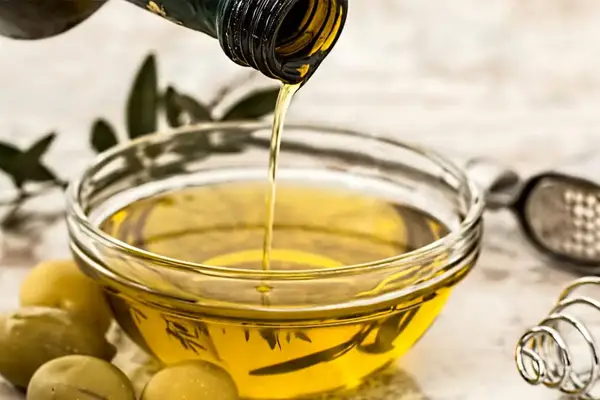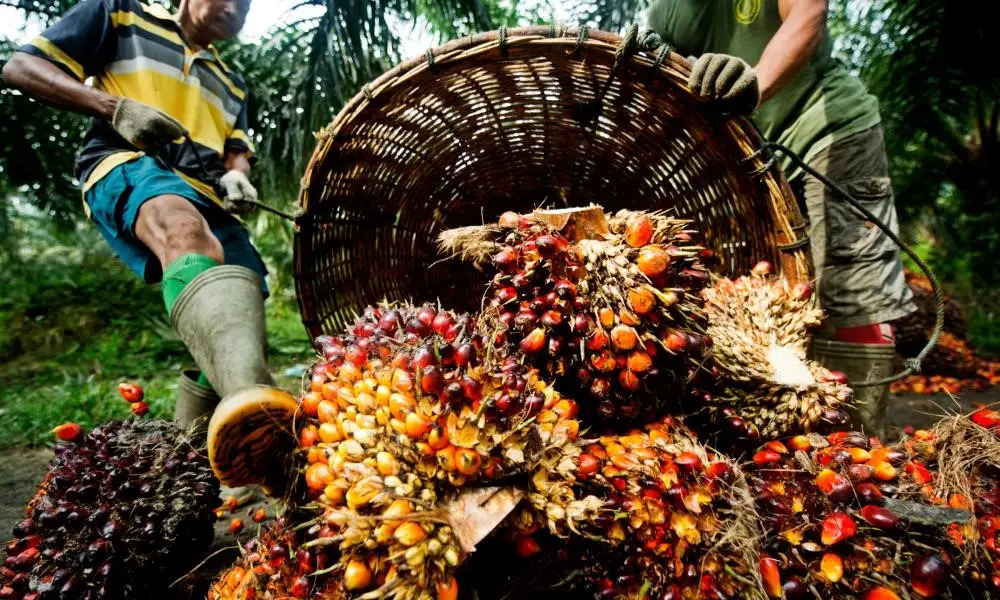PM Modi inaugurates india’s first oil palm processing mill under National Mission for Edible Oils.
About National Mission for Edible Oils – Oil Palm (NMEO-OP):
- The NMEO-OP is a program launched by the Government of India in 2021 to increase the area of oil palm cultivation in India.
- It aims to address the growing demand for edible oils, the cost of imports, and the deficiency of edible oils.
- It is committed to escalating oil palm cultivation and elevating Crude Palm Oil production to 11.20 lakh tonnes by 2025-26.
- The program is applicable for all States/UTs and the funding pattern is 60:40 for the rest of India and 90:10 for North Eastern States.
Assistance to farmers:
- The Oil Palm Mission aims to support farmers by promoting oil palm cultivation in new areas.
- It offers assistance with planting material, ensures buyback from private players, and protects farmers from global price fluctuations through viability gap payments.
- NMEO-OP provides significant support to Northeastern Region (NER) farmers, offering Rs 1,00,000 per hectare for planting material and topographical challenges, along with Rs 2,90,000 for harvesting tools.
- The government will subsidize NER farmers by 2% on the Crude Palm Oil (CPO) price and allocate Rs 5 crore for establishing post-harvest processing facilities.
Need for the mission:
- India currently imports 57% of its total edible oil, resulting in a negative impact of approximately $20.56 billion on its foreign exchange reserves.
- This underscores the need for India to prioritize self-sufficiency in edible oil production by promoting oilseeds and palm oil cultivation.
About Palm oil:
- Palm oil is an edible vegetable oil that comes from the fruit of the oil palm tree, Elaeis guineensis.
- Palm oil is the most widely consumed vegetable oil in the world, making up one-third of global plant oil production.
- Oil palm trees originated in Africa but were introduced to Southeast Asia as ornamental tree crops more than a century ago.
- Indonesia and Malaysia together produce over 85% of the world’s palm oil.
- Andhra Pradesh, Telangana, and Kerala are the major oil palm growing states, which accounts for 98% of the total production.
Ref:Source
| UPSC IAS Preparation Resources | |
| Current Affairs Analysis | Topperspedia |
| GS Shots | Simply Explained |
| Daily Flash Cards | Daily Quiz |


